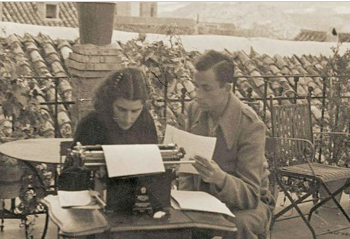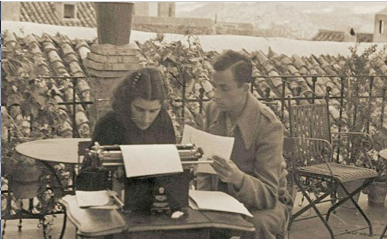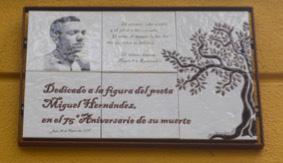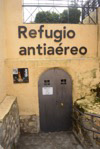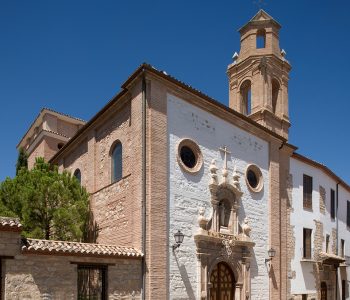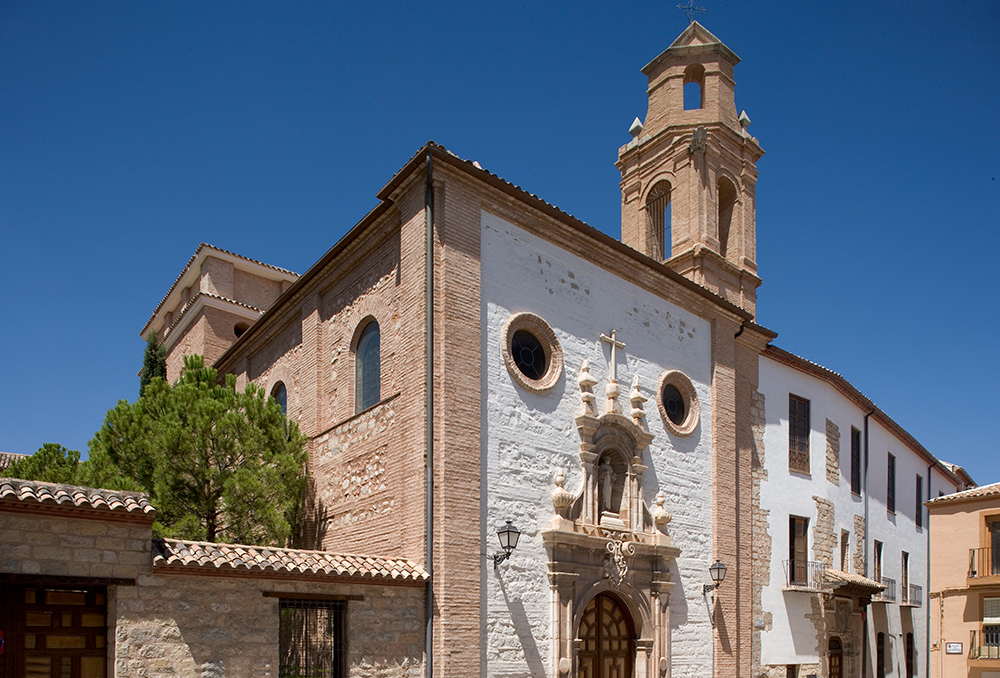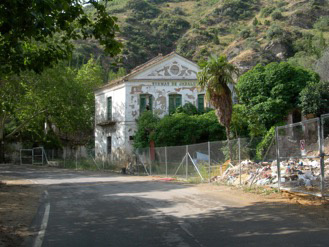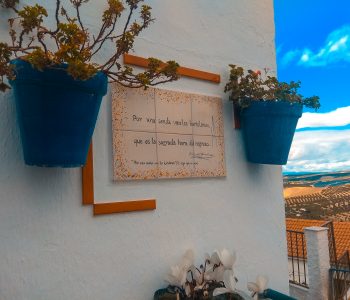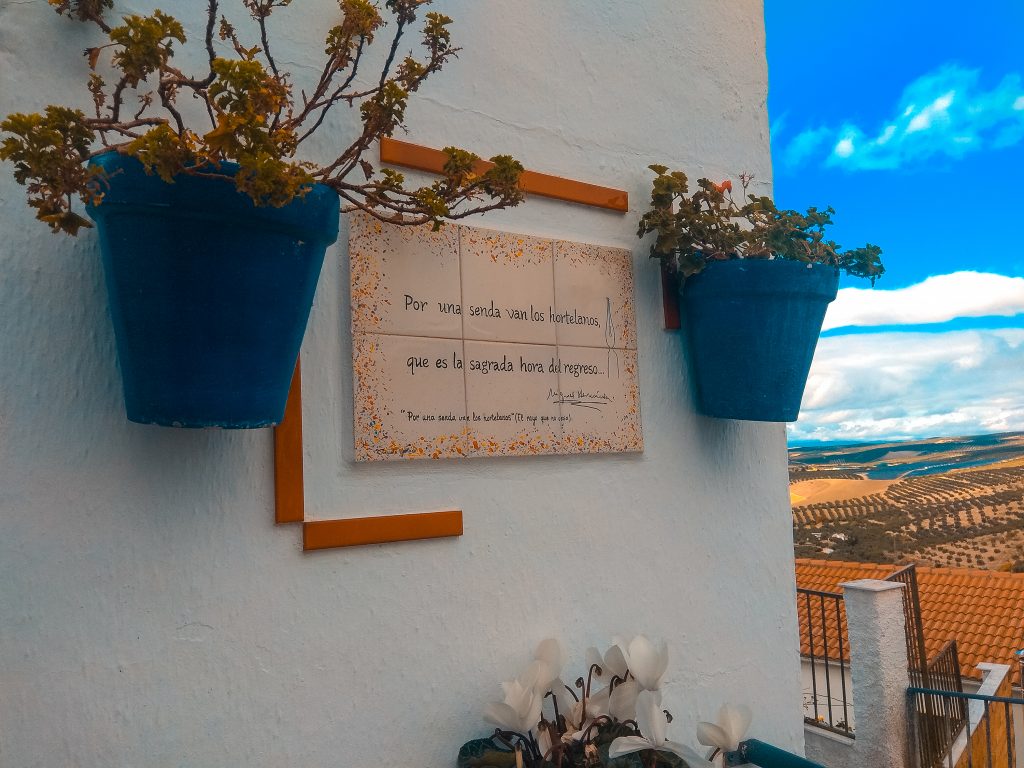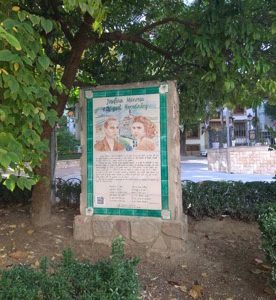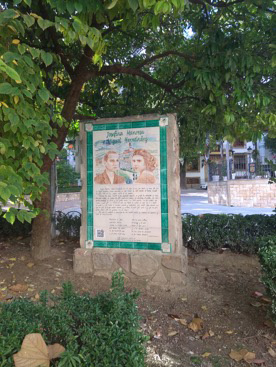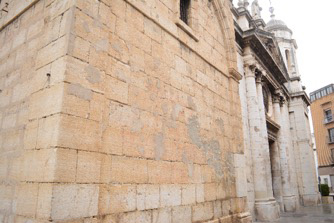 No category
No category
Basílica of San Ildefonso

This Basilica, declared a Minor Basilica in 2010 by Pope Benedict XVI, dates back to the 13th century and its temple is made up of three facades: the oldest, in the Gothic style, is the one at the back of the church; the lateral portal, in the Renaissance style and the main portal (the last to be built) in the neoclassical style.
What links this temple to the figure of the poet Miguel Hernández is that the damage caused by shrapnel can still be seen on the façade and it is an excellent place to contextualize why Miguel Hernández arrived in Jaén.
Residence of the poet and headquarters of the Speaker of the South Front
The space in the city that is most closely related to Miguel Hernández is the place where he moved to live when he arrived in the capital and where he lived with his wife Josefina Manresa.
This house is located at number 9 Calle Llana –today Francisco Coello, number 9–, Palacio de los Marqueses de Blanco Hermoso (there are several photographs where the couple is on the roof typing or doing other tasks).
It is interesting that the building, in addition to being his home, was also the headquarters of the Commissariat and where the Speaker of the South Front was located. Currently the building is a private home and cannot be visited. A plaque on the façade is the only thing that evokes the significance of this building.
There are many photographs, not only with his wife, but also others, both inside and on the roof where other members of the Commissariat appear, so it must have been a very busy place.
